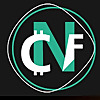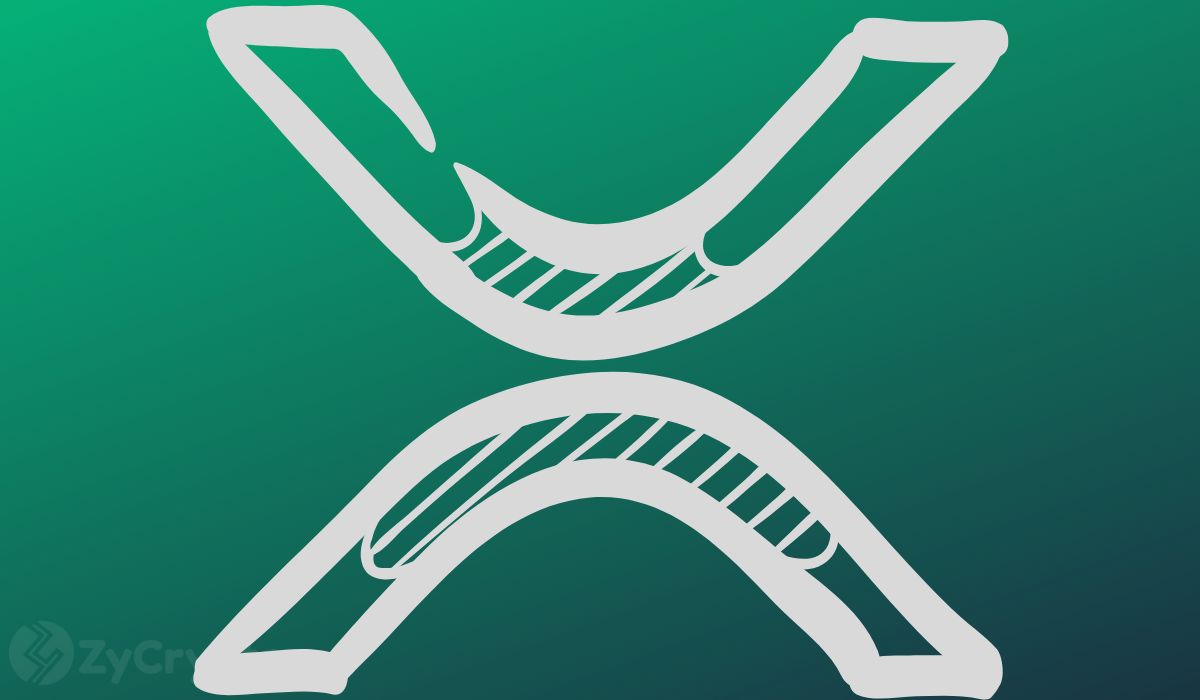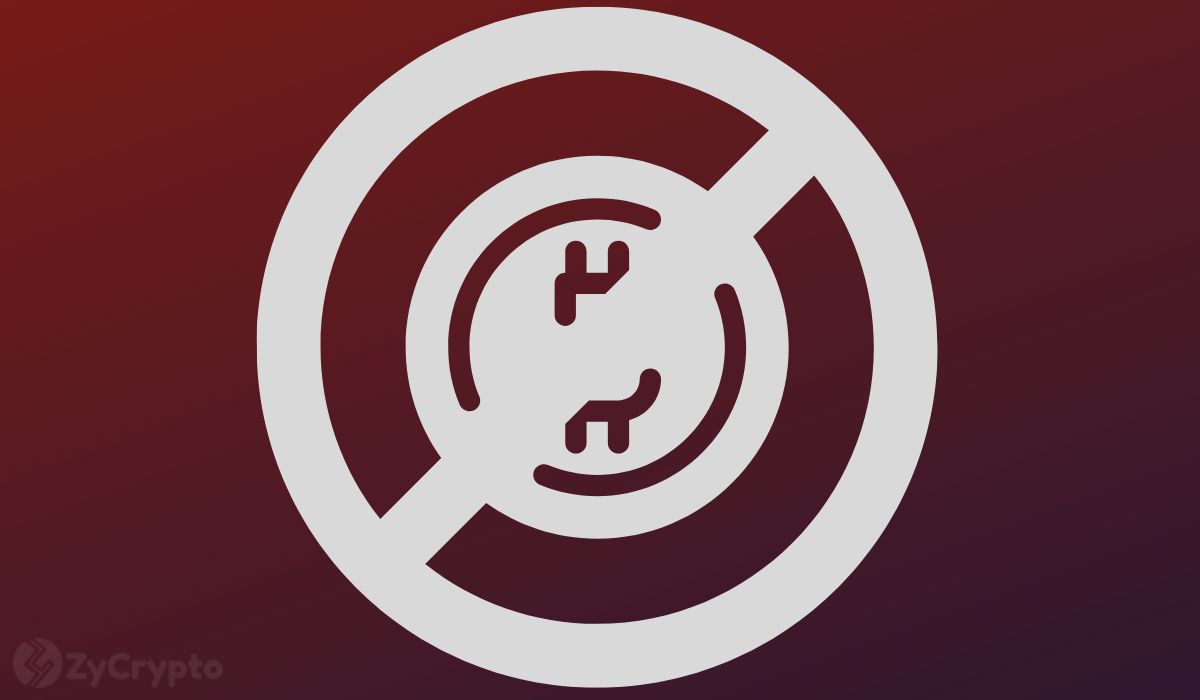ARTICLE AD BOX

- Uniswap announced the launch of a decentralized cross-chain bridge powered by the Across protocol (ACX).
- The Across protocol will allow Uniswap’s users to bridge cross chains seamlessly and smoothly.
In an October 23 blog post, Uniswap Labs, the company behind the decentralized exchange (DEX) Uniswap announced the launch of a decentralized cross-chain bridge powered by the Across protocol (ACX). Access protocol aims to address one of the long-standing thorns in the crypto market which is the complexity, and high cost of moving assets between different blockchains and crypto exchanges.
The new bridging feature will be able to bridge cross chains seamlessly and smoothly to and for Uniswp’s six million users. This will allow users within Uniswap Wallet and Uniswap Web App to swap Ethereum, Wrapped Bitcoin, and stablecoins such as Tether, USD Coin, and Dai across nine Ethereum Virtual Machine-compatible chains, including Optimism, Arbitrum, Polygon, and Base.
The Significance of Bridging in Blockchain Networks
As stated in Uniswap’s report, moving assets between chains has been cumbersome, relying on third-party bridges, navigating unfamiliar interfaces, and long transaction times. Moreover, there is always concern about the security of different bridging services.
What feature do you want us to cook up on the Uniswap web app?
If you don’t see it as an option, reply below 
— Uniswap Labs  (@Uniswap) July 1, 2024
(@Uniswap) July 1, 2024
ACX is a cross-chain token bridge that makes it speedy and inexpensive to move tokens from one chain to another, offering users a single point of access for their cross-chain transactions. It is secured by the UMA’s optimistic oracle, meaning that transfers will be optimistically validated to allow for processing at speed without sacrificing security.
It uses one liquidity pool and a competitive relayer landscape to optimize capital efficiency. Across applies a no-slippage fee model thus, fees charged are kept minimal for users.
Hart Lambur, co-founder and CEO of Across insisted the intents-powered solutions remain the only set of products offering users this two-second experience between layer-2 networks. They have an average of three seconds for transactions less than $10,000, representing roughly 99% of all L2 bridging activity.
The founder added that it can finally make the experience of using hundreds of L2s feel like one unified ecosystem. He envisions a future where seamless, 1-click cross-chain transactions become the standard.
On Oct. 10, Uniswap introduced Unichain, its very own layer 2 network. Unichain was developed to smoothen the fragmented user experience of DeFi, wherein liquidity on each network is siloed from the capital on others. The company will do this by making liquidity access easy for both users and developers along the Superchain.
Similar to all, or at least most of the L2s, Unichain relies on a one-sequence very important chunk of rollup infrastructure responsible for ordering and batching transactions from L2 before posting them on Ethereum’s base layer. It should mitigate the risk of centralization inherent in single sequencer architectures since Unichain is a validation network.
.png)
 2 hours ago
1
2 hours ago
1








 English (US)
English (US)